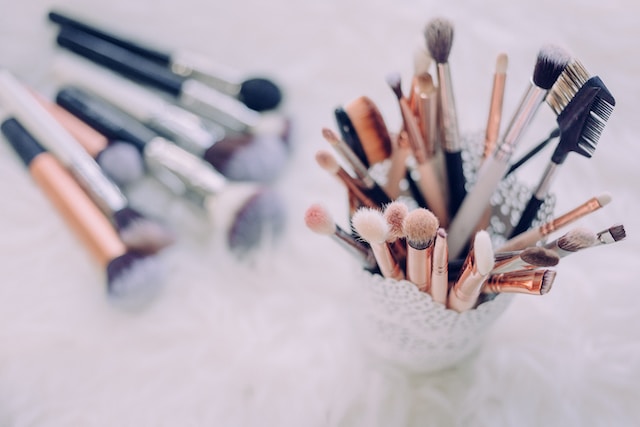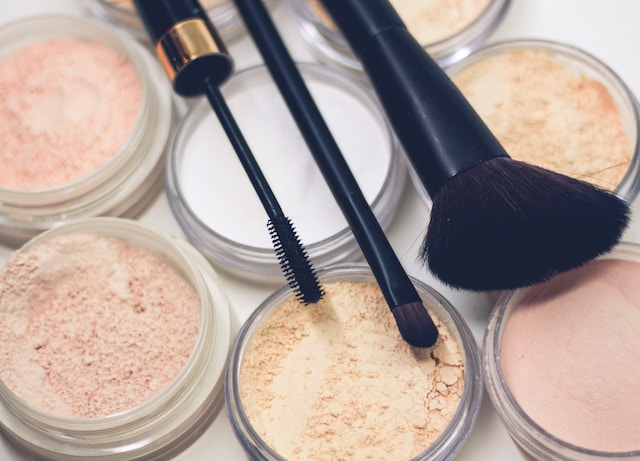Natural, organic, chemical-free; all are terms used to describe cosmetics brands at one time or another. However, it wasn’t until companies started labeling their products as clean that consumers jumped aboard the trend.
The consumer interest is shocking because there is no real definition of the term “clean” when used in cosmetics, and there is no regulatory authorization needed to advertise products in such a way. Yet, for some reason, consumers have put complete faith in these supposed “clean” beauty products and brands. The question: is there any real merit to these brands and the growing “clean” trend?
What Does “Clean” Mean

As stated, there is no regulatory definition when using the term “clean” on beauty products. However, according to industry leaders, the term refers to beauty products that might incorporate safe synthetics but favor natural ingredients.
This is a significant shift from the chemical-free and natural cosmetics of the past. Before, there seemed to be a consensus that chemicals were bad, even when science suggested otherwise. Today, it appears that beauty brands are accepting the science that some synthetics are safe for people and the planet.
There are still several ingredients that most brands stay away from, including formaldehyde-releasing agents and parabens. In other words, producers tend to shy away from ingredients with a controversial past, but even that is not definitive because not every brand agrees on the dangers of specific ingredients.
The only entity that can help clarify the “clean” movement is the Food and Drug Administration. Unfortunately, the FDA does not have a definition or rules pertaining to the term. Additionally, under current regulations, a cosmetics company is not required to test or seek preapproval for the majority of its ingredients, further blurring the lines of what is or isn’t “clean.”
The Motivation Behind the Clean Movement

In recent years, consumers have become increasingly aware of the number of chemicals they expose themselves to on a daily basis, especially in the United States. Currently, the U.S. only bans or restricts 11 chemicals in cosmetics as opposed to the EU, which bans approximately 1,300.
The growing awareness has led to an increased demand for so-called clean cosmetics, which most brands were happy to oblige. Unfortunately, without the support of the FDA or other regulatory agencies, cosmetics brands can still use a vast amount of chemicals, even in “clean” products.
While most popular brands likely act in good faith, the lack of definition and regulation still presents a significant problem for overtly trusting consumers, especially when bombarded with a growing pool of profit-motivated competition.
The cosmetic and beauty industry is a $19 billion market, and that number is only expected to grow. While no one argues that cosmetic companies have a right to earn a profit, there is hesitancy to support the “clean” claims and misleading advertising campaigns.
Consumers have a right to be informed about what they are applying to the skin, especially when the average woman uses a minimum of 11 skincare and makeup products per day. While the beauty industry is a for-profit industry, it is crucial that the U.S. government, like other governments, steps up and begins regulating chemicals and defining terms within the cosmetics industry.
What do you think of the “clean” beauty movement? Do you think the U.S. government should play a more significant role?

